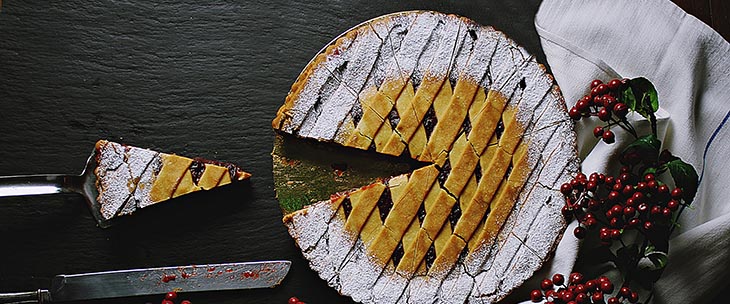‘Tis the season, once again, to consider options for your corporate Christmas dinner menu. We might be slightly biased, but we would like to suggest you give the whole event a traditionally Italian flavour – literally. As we have already established, there is no such thing as a traditional Italian Christmas dinner: there are, in fact, several. Which allows you to explore a variety of traditions in one meal. Italy’s culinary diversity is a consequence of the unique characteristics of both its territory and its cultural influences. While northern recipes are heavily influenced by the Mitteleuropean tradition, in most of the South you will find flavours and combinations that are reminiscent of Greece, Turkey and Lebanon. The one thing that all of our Christmas recipes have in common is a certain richness, that sets them apart from the rest of the culinary tradition, and contributes to the festive air that you want your corporate Christmas dinner to convey. This year we will show you a few recipes that will add an Italian touch to your event.
✖
Let’s Organize an event together ! Contact us
✖


Leave a reply